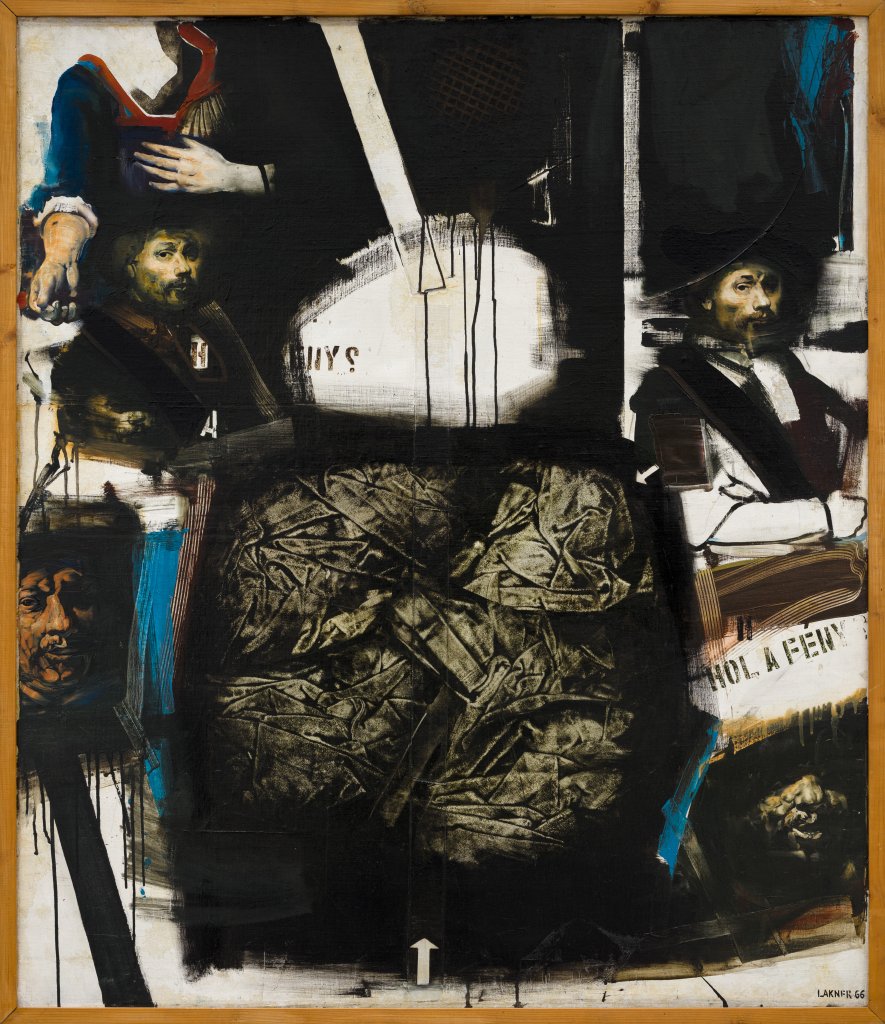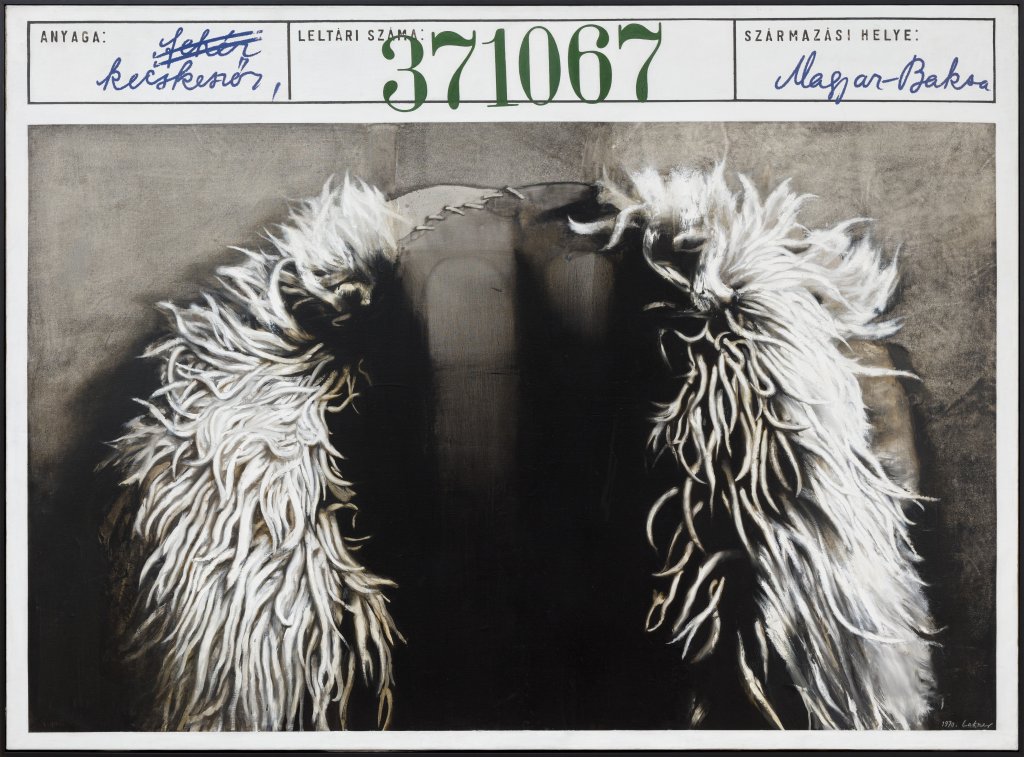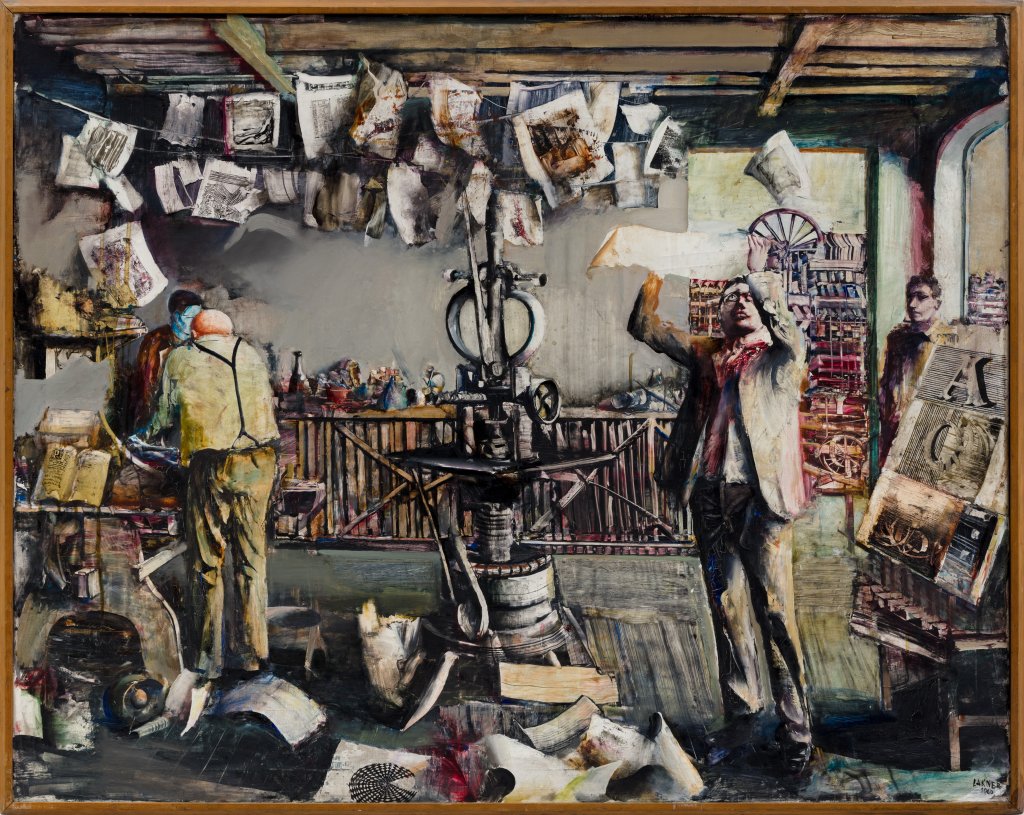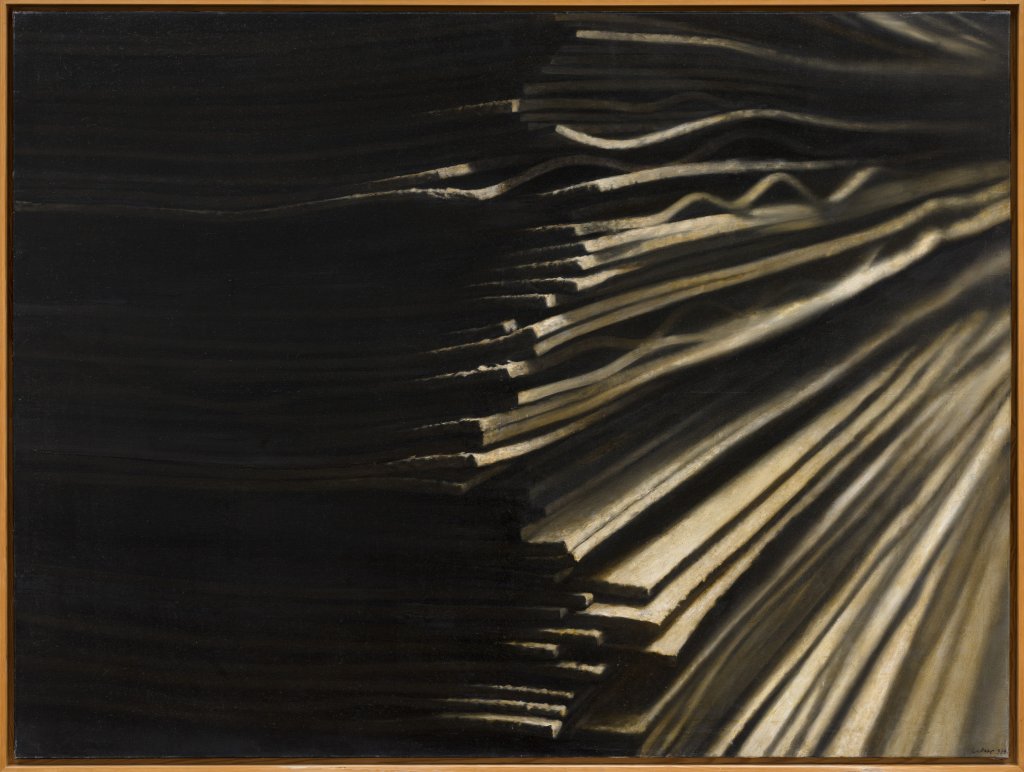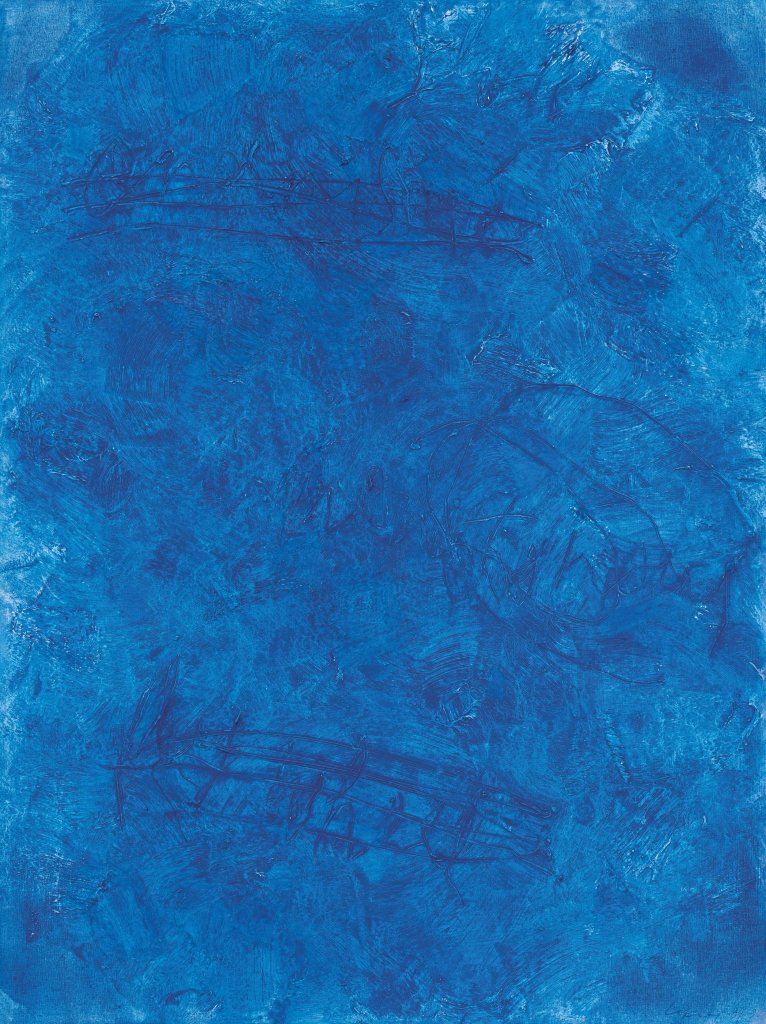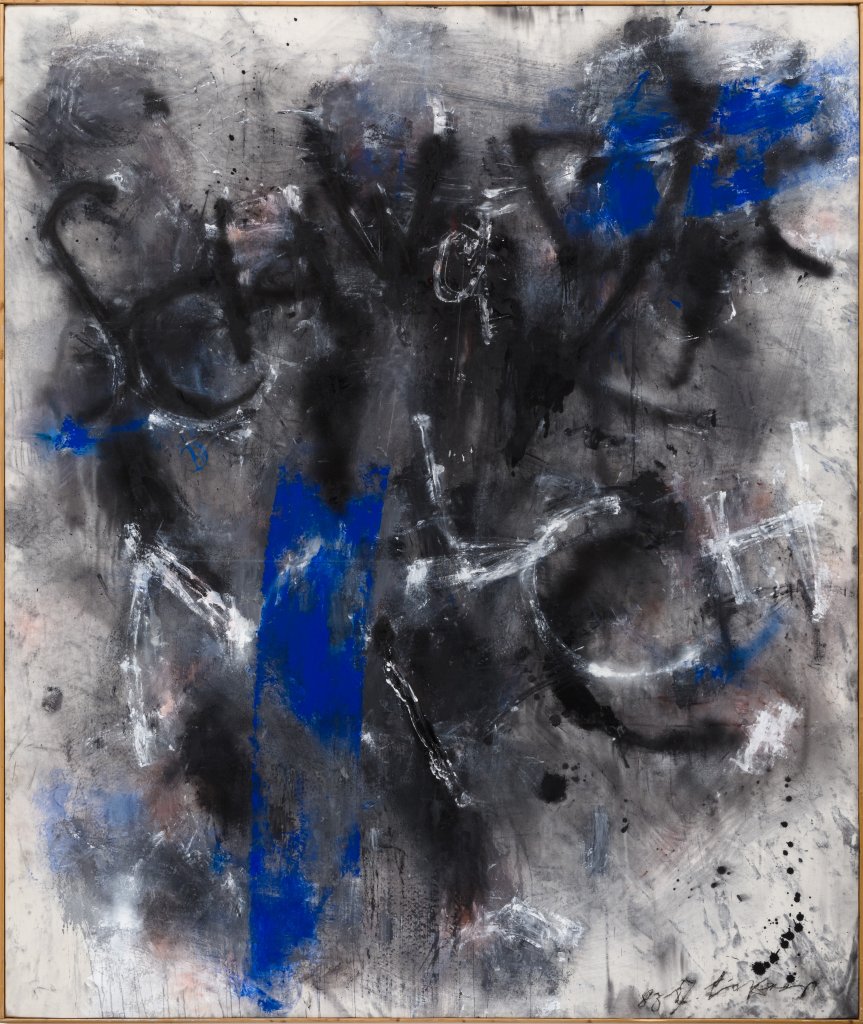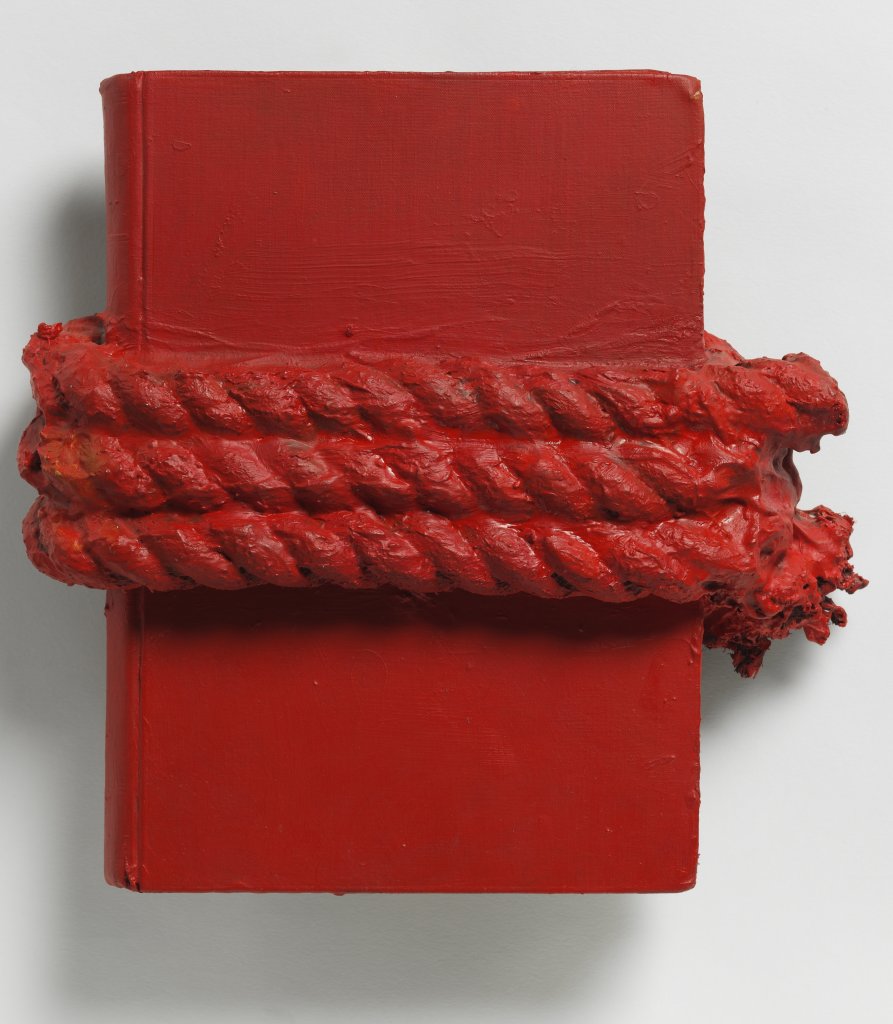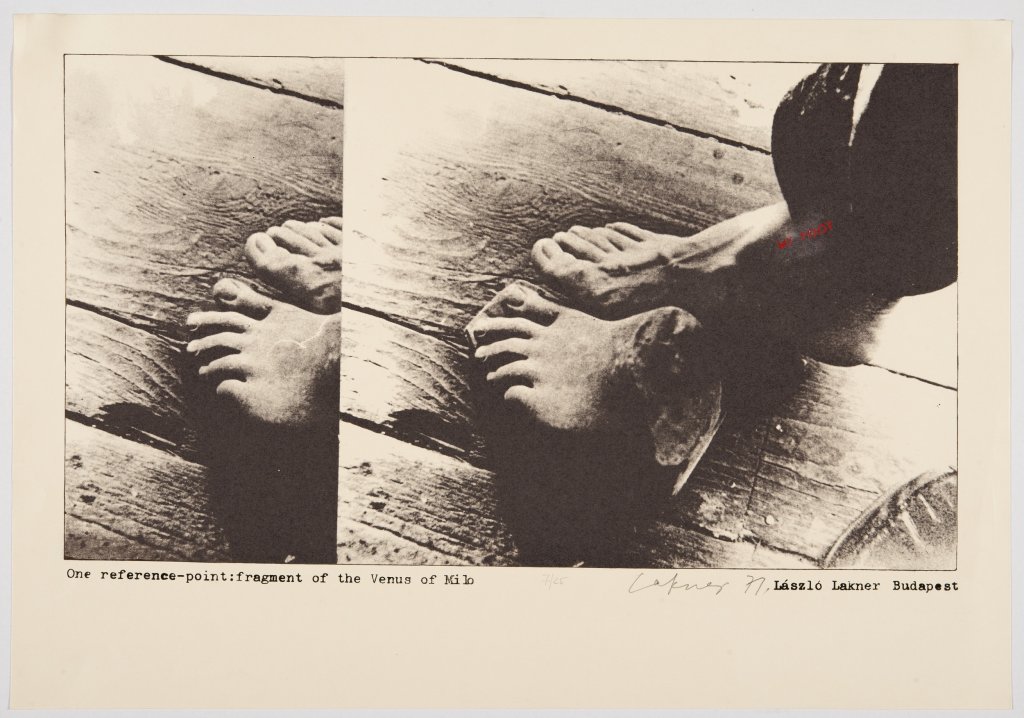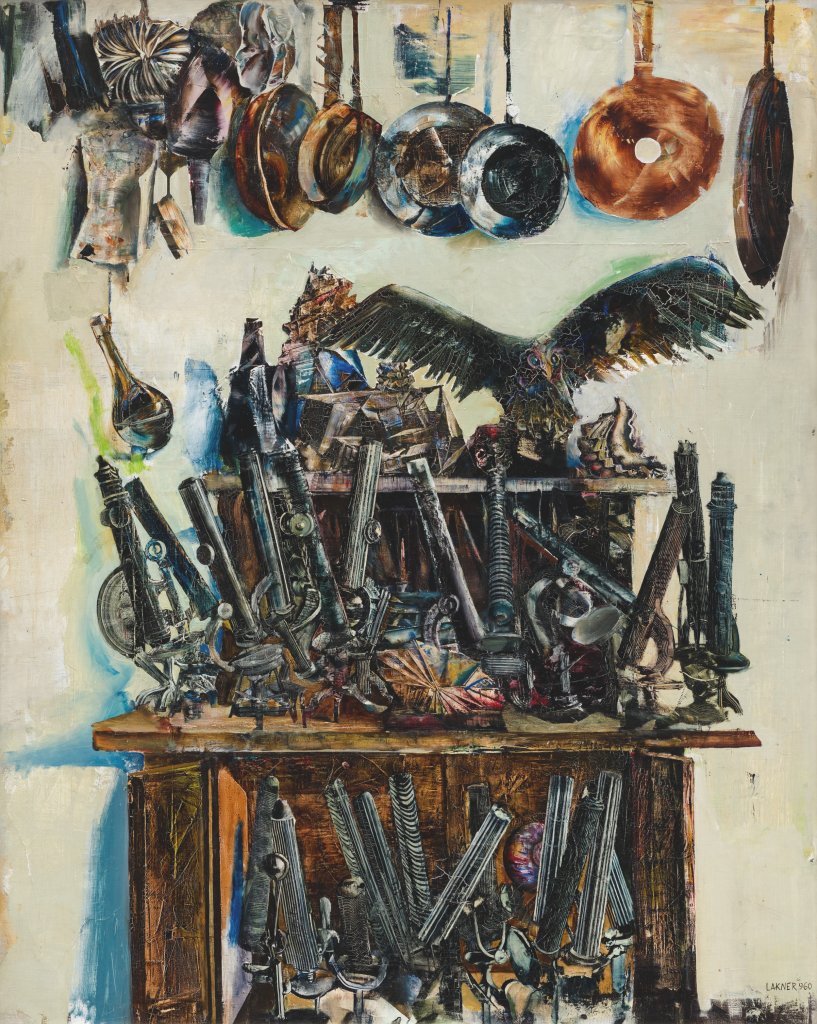LÁSZLÓ LAKNER. INFINITUM

Interest in the Central European neo-avant-garde is on the rise again in the contemporary art world, with the exploration of the legacy of pictorial realism playing a specific role within it. As an isolated phenomenon, it has so far received attention rather haphazardly, in connection with the work of particular personalities or schools. It is as if it were a personal inclination rather than a general basis of artistic production or the foundation of visual culture.
The project, which draws on the work of a key figure in Hungarian / Central European visual art – László Lakner – suggests exactly the opposite trend. Painting is understood more as a turn, as a certain type of approach to reality, offering an extremely rich apparatus for its reflection. The focus of our attention is thus on cultural and historical connotations, political regimes, everyday practices, and social habitus, but also on the art world’s own tendencies and turns, including media and genre transformations. The medium of painting, to which, after all, even Lakner himself is not limited, is presented here as a starting point for exploring other types of creative practice, especially conceptual art, the artist book, or film.
What is unique, then, is the attempt to embrace (figurative) painting and the forms of realism of the second half of the 20th century and the first decades of the 21st century on a broader Central European scale. This is facilitated by the composition of the author team, the contextualisation of the author’s production (with the help of Daniel Balabán, Daniel Fischer, Milan Knížák, Daniel Pitín, Danuta Urbanowicz, whose works are part of the permanent exhibition Century of Relativity) and the participation of important collection and memory institutions operating in the region. The exhibition is accompanied by an independent monograph prepared in cooperation with the Brno publishing house Stará pošta.
LÁSZLÓ LAKNER (April 15, 1936, Budapest)
is one of the most important artists and actors of the Hungarian neo-avant-garde; since 1974 he has lived and worked in Berlin. He participated in the legendary Iparterv exhibitions that mark a milestone in Hungarian art history (1968, 1969), the Venice Biennale (1972, 1976, and 1990), and the Kassel Documenta (1977). His oeuvre is extensive, ranging from magical realism to combine painting and hyperrealism, to abstract painting and its conceptual approach. An important source of inspiration is print media, texts, illustrations, and photographs in newspapers and magazines. In Lakner’s multifaceted oeuvre themes of history, philosophy, poetry, and world events appear and materialise as a sensual form of painting.
Interest in the Central European neo-avant-garde is on the rise again in the contemporary art world, with the exploration of the legacy of pictorial realism playing a specific role within it. As an isolated phenomenon, it has so far received attention rather haphazardly, in connection with the work of particular personalities or schools. It is as if it were a personal inclination rather than a general basis of artistic production or the foundation of visual culture.
The project, which draws on the work of a key figure in Hungarian / Central European visual art – László Lakner – suggests exactly the opposite trend. Painting is understood more as a turn, as a certain type of approach to reality, offering an extremely rich apparatus for its reflection. The focus of our attention is thus on cultural and historical connotations, political regimes, everyday practices, and social habitus, but also on the art world’s own tendencies and turns, including media and genre transformations. The medium of painting, to which, after all, even Lakner himself is not limited, is presented here as a starting point for exploring other types of creative practice, especially conceptual art, the artist book, or film.
What is unique, then, is the attempt to embrace (figurative) painting and the forms of realism of the second half of the 20th century and the first decades of the 21st century on a broader Central European scale. This is facilitated by the composition of the author team, the contextualisation of the author’s production (with the help of Daniel Balabán, Daniel Fischer, Milan Knížák, Daniel Pitín, Danuta Urbanowicz, whose works are part of the permanent exhibition Century of Relativity) and the participation of important collection and memory institutions operating in the region. The exhibition is accompanied by an independent monograph prepared in cooperation with the Brno publishing house Stará pošta.
LÁSZLÓ LAKNER (April 15, 1936, Budapest)
is one of the most important artists and actors of the Hungarian neo-avant-garde; since 1974 he has lived and worked in Berlin. He participated in the legendary Iparterv exhibitions that mark a milestone in Hungarian art history (1968, 1969), the Venice Biennale (1972, 1976, and 1990), and the Kassel Documenta (1977). His oeuvre is extensive, ranging from magical realism to combine painting and hyperrealism, to abstract painting and its conceptual approach. An important source of inspiration is print media, texts, illustrations, and photographs in newspapers and magazines. In Lakner’s multifaceted oeuvre themes of history, philosophy, poetry, and world events appear and materialise as a sensual form of painting.
“Lakner’s highly intellectual art is a barometer of feeling, of passion. It offers a repertoire through which we travel in time and across geographical borders, boundaries of media, literary and linguistic memories.”
Sarah Wilson
“Lakner’s highly intellectual art is a barometer of feeling, of passion. It offers a repertoire through which we travel in time and across geographical borders, boundaries of media, literary and linguistic memories.”
Sarah Wilson
“I loved jazz and Béla Bartók at the same time.”
László Lakner
“I loved jazz and Béla Bartók at the same time.”
László Lakner
“Through the use of alter egos, Lakner often addresses collective historical traumas and current socio-political issues, while at other times, he questions the definition, framework, identity and fate of painting, which in itself is also a medium under scrutiny. (…) The relationship between the conscious and the unconscious, the repeatable and the unrepeatable, the predictable and the accidental, is an important theme in Lakner’s work.”
Dávid Fehér
“Through the use of alter egos, Lakner often addresses collective historical traumas and current socio-political issues, while at other times, he questions the definition, framework, identity and fate of painting, which in itself is also a medium under scrutiny. (…) The relationship between the conscious and the unconscious, the repeatable and the unrepeatable, the predictable and the accidental, is an important theme in Lakner’s work.”
Dávid Fehér
CURATORS: Dávid Fehér, Barbora Kundračíková
ARCHITECTURAL DESIGN: Barbora Bělunková
INSTALLATION: Vlastimil Sedláček, Filip Šindelář, Daniel Opletal
RESTAURANT / CONSERVATION: Anna Píšt’ková, Toby Pospíšilů
GRAPHIC DESIGN: Petr Šmalec
EDUCATION: David Hrbek, Denisa Tessenyi
PR: Lukáš Horák, Tomáš Kasal
COLLECTIONS: Museum of Fine Arts – Hungarian National Gallery (Budapest), Ludwig Museum – Museum of Contemporary Art (Budapest), Municipal Gallery – Kiscell Museum (Budapest), King St Stephen Museum (Székesfehérvár), private collections
The project was created based on institutional support for the long-term conceptual development of a research organization provided by the Ministry of Culture, Czech Republic. It is prepared in cooperation with the Museum of Fine Arts – Hungarian National Gallery, Budapest and MODEM Debrecen.
![Lászlo Lakner: The Past of Room (Flying Past of a Room) (Szoba múltja [Egy szoba múltja repül]), 1961, oil on canvas 132 × 181 cm. Museum of Fine Arts – Hungarian National Gallery, Budapest.](https://muo.cz/wp-content/uploads/2024/02/1-1024x731.jpg)
